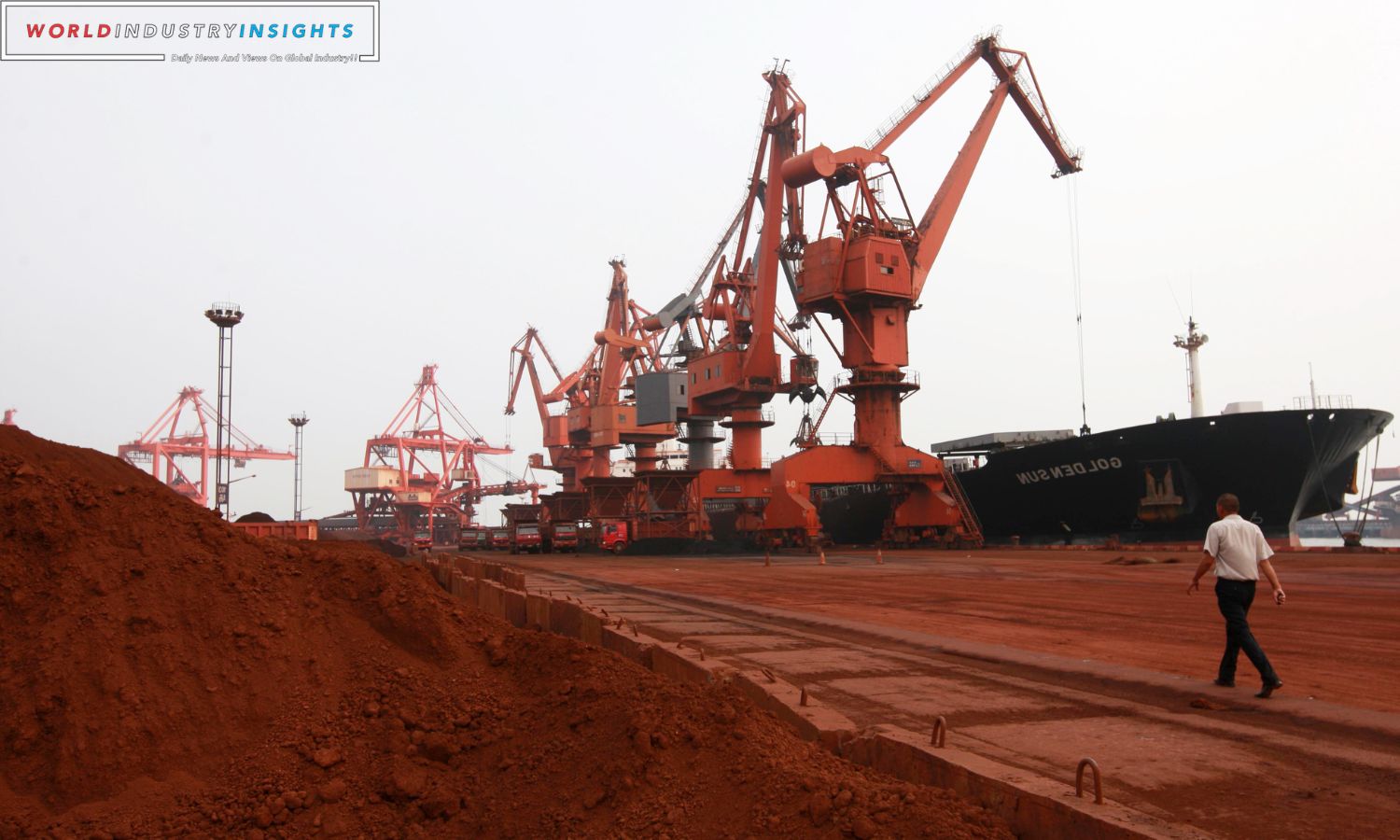Rare Earths Revolution: In the race towards clean energy and the electric vehicle (EV) revolution, a group of resource companies in Canada, Germany, and Australia is challenging China’s iron grip on critical minerals. Currently, China monopolizes a staggering 95% of rare earth metal production, a vital element in EV magnets and wind turbines.
This domination enables China to dictate prices, creating concerns among end-users due to export controls. But now, companies like Aclara Resources and Ionic Rare Earths are contemplating strategies to break this stranglehold and move towards a market-driven pricing model.
These resource companies propose a shift towards transparency and market-determined prices, aiming to offer a reliable and sustainable source of these critical minerals. They argue that geopolitical tensions between the West and China, along with potential supply disruptions due to export restrictions, necessitate a fresh approach to pricing. This new paradigm would move away from China’s price-setting dominance, potentially leading to a 30% premium on these essential resources compared to current rates.
Aclara Resources, for instance, focuses on mining heavy rare earth metals like dysprosium and is negotiating premium pricing with original equipment manufacturers (OEMs) as part of long-term offtake agreements.
This move comes as these mining companies look to capitalise on efforts by the Group of Seven (G7) countries to encourage domestic production and procurement of critical metals, reducing dependence on China. In exchange for these metals, miners expect end-users, including manufacturers of EVs and other green technologies, to pay a premium.
Their argument is rooted in the idea that the additional cost is justified. With new environmental, social, and governance-related regulations and tax incentives in place, OEMs are already preparing to absorb extra expenses. Inflation Reduction Act in the US and similar measures globally create a financial environment where paying more for a sustainable and reliable source of rare earths makes sense.
However, the challenge remains in establishing a transparent and universally accepted pricing structure. OEMs are cautious about differential pricing, wanting a level playing field with clear value propositions for higher costs. This pricing discussion is a recurring theme in the Rare Earth Industry Association, emphasizing the need for a transparent, sustainable, and reliable pricing model.
It’s worth noting that the world’s two largest rare earths companies outside of China, MP Materials and Lynas, did not immediately comment on this pricing paradigm shift.
Developing rare earth mining projects can be a lengthy process, and risk-averse investors have hindered some projects outside of China. While countries like Vietnam, Malaysia, and Myanmar offer alternative sources, their production capabilities remain in the distance.
Several pricing alternatives are being considered, such as selling rare earth concentrates at cost of production plus capital expenses, ensuring that mines remain profitable. Another approach is to cap prices at levels offered by Chinese rare earth producers, providing stability to OEMs in the face of price fluctuations.
These pricing mechanisms might impact the cost of EVs, which rely on rare earth magnets for their motors. However, it’s a trade-off, as consumers increasingly seek environmentally responsible and sustainable sources of these essential elements.
In this evolving landscape, the mining industry is navigating uncharted territory, seeking to strike a balance between sustainability, cost, and reliability in a world hungry for cleaner energy and greener technology.
Our Reader’s Queries
What is the outlook for rare earths to 2030?
In 2020, magnets were responsible for almost a third of the world’s need for rare earth oxides (REO), specifically neodymium, praseodymium, dysprosium, and samarium. Experts predict that by 2030, magnet production will make up 36 percent of the global demand for REOs.
What is the REE on the periodic table?
The group of seventeen metallic elements known as rare earth elements (REE) comprises the fifteen lanthanides and scandium and yttrium. These elements are crucial components in numerous high-tech gadgets.
What are the uses of REE?
The components of various devices that we use in our daily lives, such as smart phone screens, computer drives, and flat panel televisions, as well as the motors of computer drives, batteries of hybrid and electric cars, and new generation light bulbs, all contain rare-earth elements (REEs). These elements are crucial in the functioning of these devices and are an integral part of our modern society.
What is so special about rare earth elements?
Seventeen metallic elements, known as rare earths, can be found in the middle of the periodic table (atomic numbers 21, 39, and 57-71). These metals possess unique properties such as fluorescence, conductivity, and magnetism, which make them highly valuable when combined with more common metals like iron in small amounts. Their exceptional characteristics make them a popular choice for alloying.


